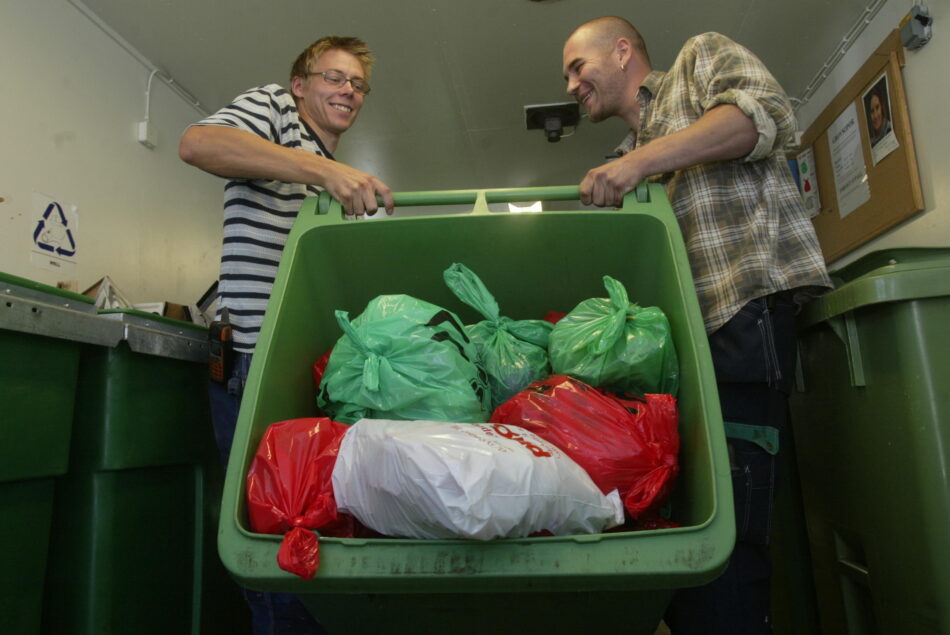The brief

Eskilstuna was early with household waste recycling. With the higher demands of The National Goals the municipality introduced optical sorting. Within only a few months the target of 50% sorted waste was accomplished.

The solution
The choice fell on optical sorting to make sorting of both food waste and packages user-friendly for the households. It is a flexible system that minimizes environmental impact and energy consumption. Colour sorting does not smell bad and doing it right is easy.
The plant sorts seven fraction and is owned by ESEM (Eskilstuna Strängnäs Energi och Miljö AB). Today several municipalicties are connected to the system which makes it the best of its kind in Sweden when it comes to recycling.
Capacity 18 000 tons/year
Resources Food, Textile, Plastics, Paper, Newspaper, Metal and Rest
Users 45 000
Development
In 2016 the plant was extended with one more receiving pocket in order to being able to receive waste from the city of Örebro.
In 2017 Eskilstuna and Strängnäs introduced a seventh color (fraction) and became the first Swedish municipality to sort fabric from household waste. Changes were only made to the camera system which controls sorting and no further reconstruction of the plant was needed.
In 2013 EGE together with Optibag developed post-treatment techniques for the plastic fraction in order to refine the material further.
The colour sorting made it easy to achieve our environmental targets



